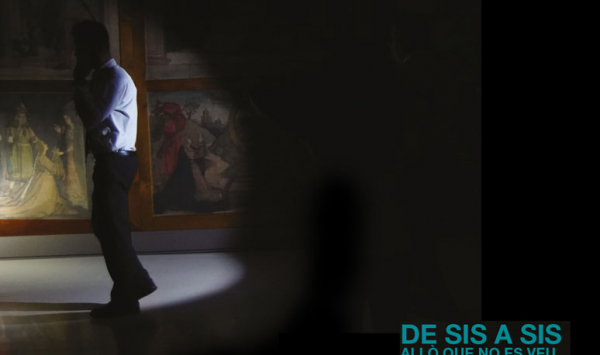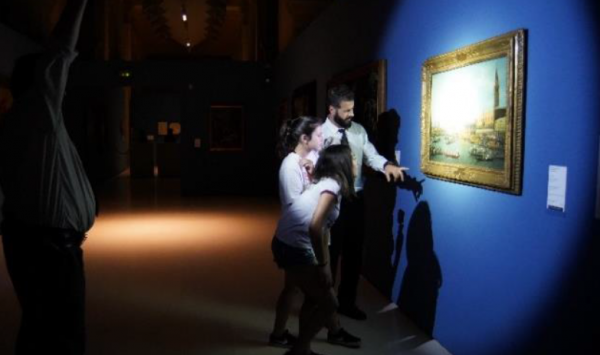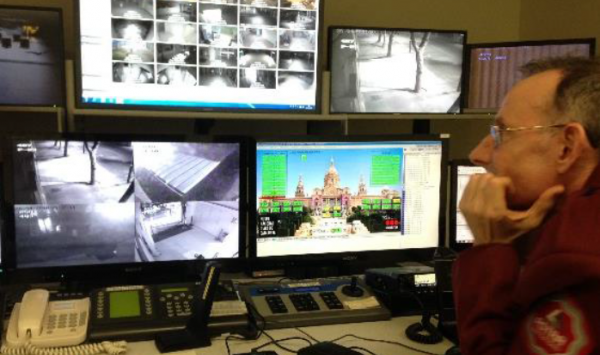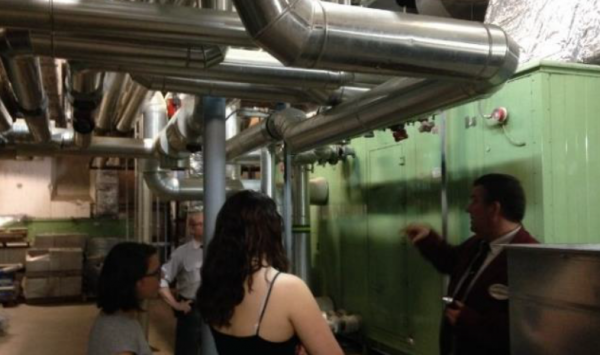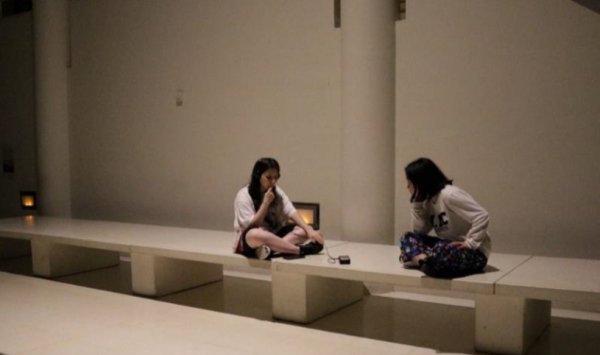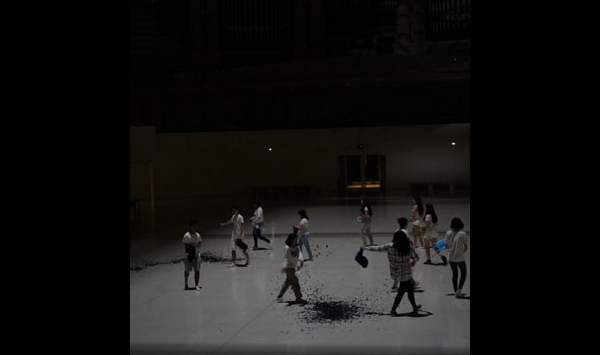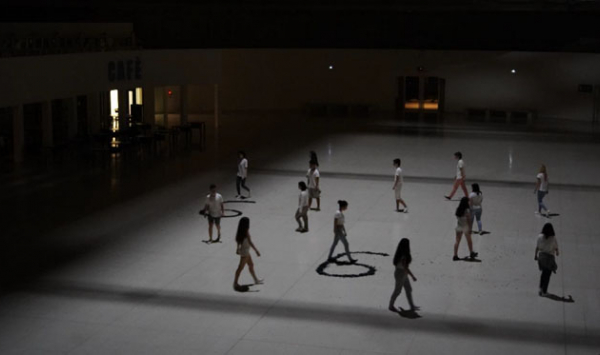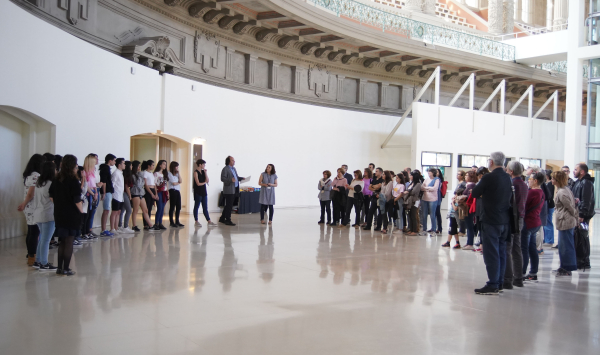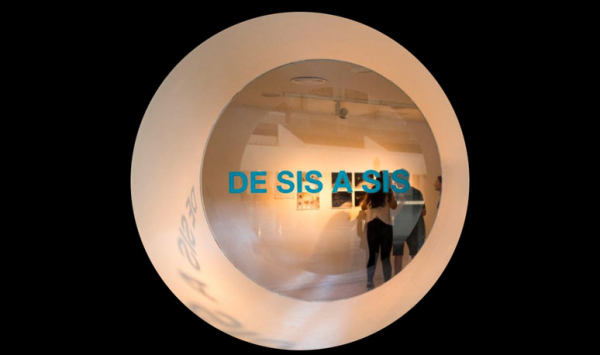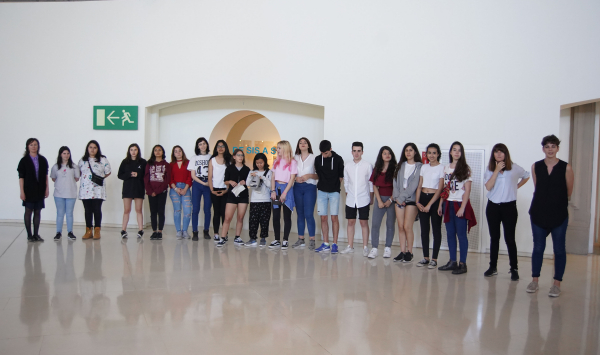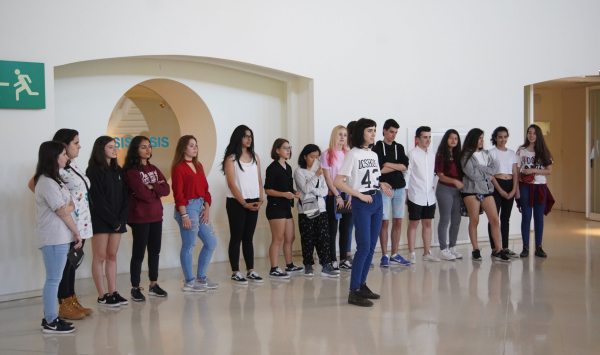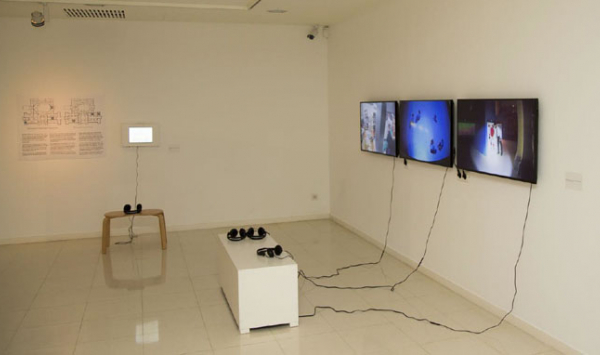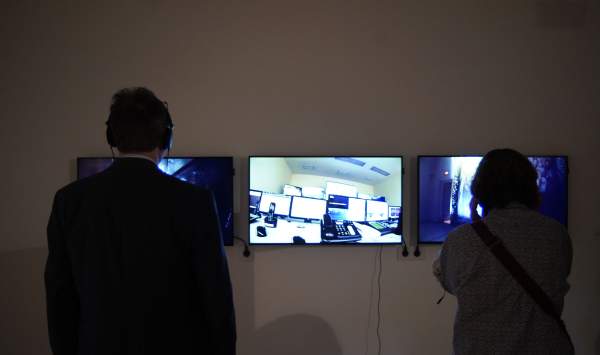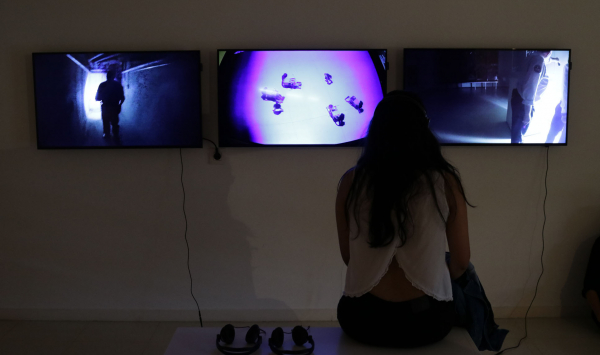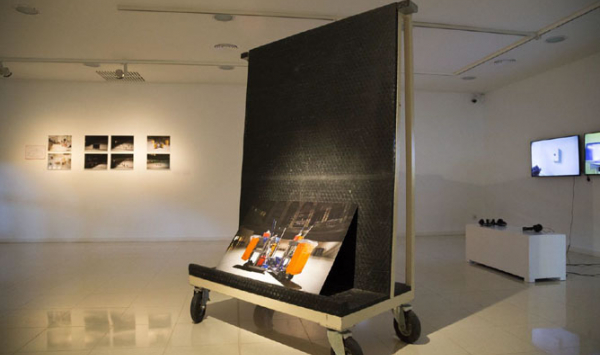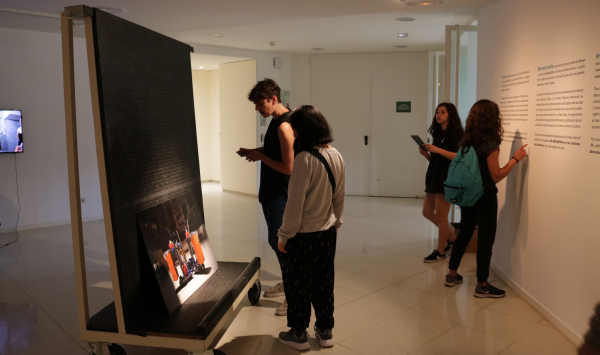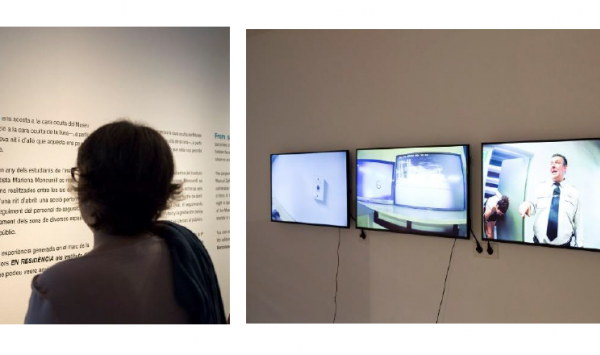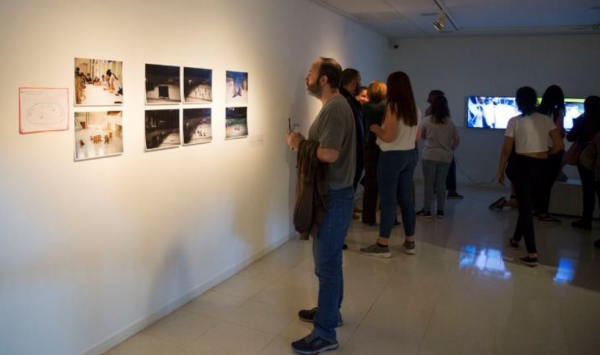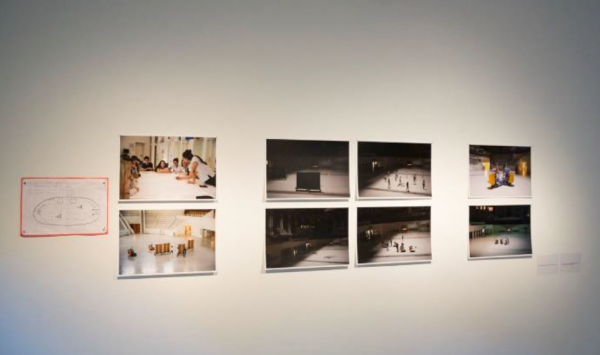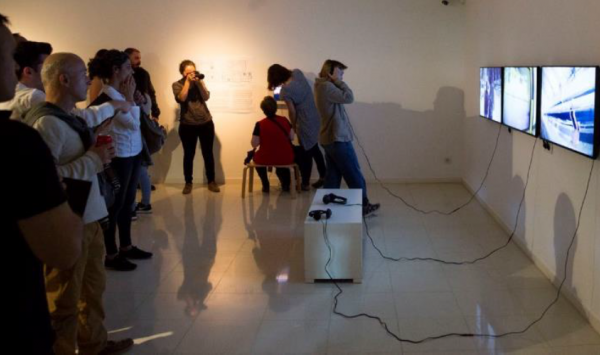- 14th EDITION 2022 / 2023
- 13th EDITION 2021 / 2022
- 12th EDITION 2020 / 2021
- 11th EDITION 2019 / 2020
- 10th EDITION 2018 / 2019
- 9th EDITION 2017 / 2018
- 8th EDITION 2016 / 2017
- 7th EDITION 2015 / 2016
- 6th EDITION 2014 / 2015
- 5th EDITION 2013 / 2014
- 4th EDITION 2012 / 2013
- 3rd EDITION 2011 / 2012
- 2nd EDITION 2010 / 2011
- 1st EDITION 2009 / 2010
Mariona Moncunill IN RESiDENCE at the School Juan Manuel Zafra
DE SIS A SIS. ALLÒ QUE NO ES VEU [FROM SIX TO SIX. WHAT WE DO NOT SEE]
DE SIS A SIS. ALLÒ QUE NO ES VEU [FROM SIX TO SIX. WHAT WE DO NOT SEE]
May 22 – October 7, 2018
Free
EDUCART SPACE
After a whole course devoted to exploration, research and visits to discover the National Museum in all its complexity, on April 25 the artist Mariona Moncunill and a group of pupils, their teacher and members of the mediation team's spent a night at the Museum.
Throughout the process, they had been discovering and learning about very different aspects of the museum and some of its workers, and it was at this final moment that they designed a series of actions focusing on the teams and duties considered more invisible to the public: cleaning, security and assembling exhibitions.
De sis a sis traces the experience from six o'clock in the evening, when the museum closes to the public, until six o'clock in the morning, when the cleaning staff begin their work shift. This is how the pupils described the idea of the night-time project in the text they wrote for the exhibition notes provided in the space:
"The initiative was designed to reveal the hidden side of the museum, like an expedition to the dark side of the moon, in a journey through the night, featuring some of the things that this enabled us to observe and highlight.
The project takes the form of three interventions conducted between six in the evening and six in the morning one April night: a performative action in the Oval Room; night-time monitoring of museum security; and observation of nocturnal in the various museum spaces after it closes to the public."
After several preparatory sessions including one on the afternoon before the intervention, the actions to be carried out were decided, the teams were organised and tasks divided up. From ten o’clock to morning, three actions were carried out, forming the main body of the project:
An action in the Oval Room featuring the cleaners’ carts and those used to transport artworks. A choreography performed by fourteen people to reveal those invisible tasks through actions such as dirtying/cleaning and uncovering/covering with the only audience provided by the security guards on duty that night.
Accompanying security guards on their rounds throughout the night, visiting both the collections and less well-known spaces in the Museum: basements, machine rooms, art storage rooms and so on. While one pair of pupils followed these rounds, another accompanied the guard on duty in the control room, where security cameras film images of all the spaces of the Museum, twenty-four hours a day.
Recording sounds/noises/silences in different museum rooms, including some of those most visited, such as that housing Sant Climent de Taüll. Using highly sensitive machines, recordings lasting ten to fifteen minutes were made at different times during the night.
The trace or recording of the actions carried out during the night took the form of several devices in the exhibition at the EducArt art education space: a selection of photographs from the preparatory stages; three films of the security rounds, seen simultaneously on three screens, a tablet with headphones to listen to the audios from the rooms; and, finally, the installation of several assembly carts using the performance in the Oval Room, with a photograph of the cleaners’ carts at the end of the action. The exhibition was presented at the site on May 22.

